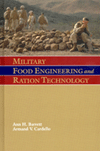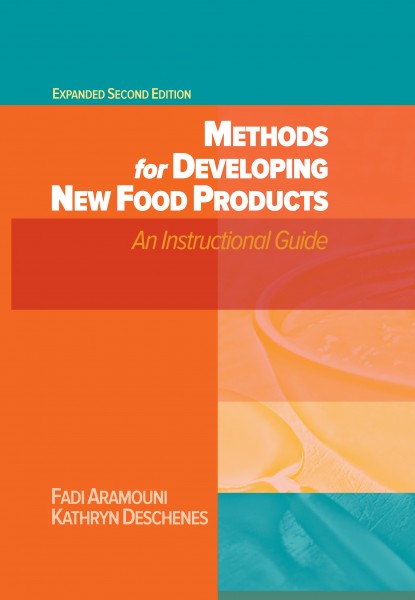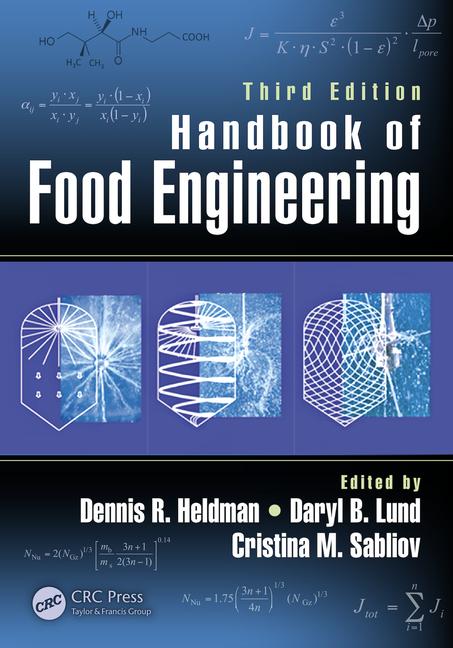

The process makes it possible to extrude a wide range of ingredients that previously were off limits because of extrusion’s heat and shear. Protein, calcium and heat-sensitive vitamins can be added directly to products with supercritical fluid extrusion (SCFX), enhancing their nutritional value and making more flavorful products possible.
Cost has been the barrier to SCFX adoption, and Rizvi and other researchers continue to explore applications where SCFX might provide cost savings compared to conventional processes, such as masa-flour products. Food Engineering spoke with Rizvi at his Ithaca, N.Y., lab about that work and other efforts to bring SCFX into commercial use.
FE: What processing advantages do supercritical fluids provide?
Rizvi: A supercritical fluid possesses properties of both liquids and gases. In a supercritical state, carbon dioxide has the density of a liquid while still retaining some gas-like properties. Carbon dioxide reaches a supercritical state when its temperature exceeds 31° C and is subjected to pressure of more than 1,070 psi. When carbon dioxide’s density begins to approach that of a liquid, it becomes a very good solvent. It’s a reversible state, as well, and that allows you to manipulate its solvating power.
To use supercritical fluids, extruders must be able to handle pressures of up to 5,000 psi and be configured to provide good mixing. Additionally, the equipment needs to generate the pressure profile we want. You don’t want the material being mixed flowing backwards in the barrel, so you have to develop sufficient pressure to prevent that.
FE: How does barrel temperature compare with that of a conventional extruder?
Rizvi: With our process, we can make puffed products at very low temperatures, about 50-80° C. Using conventional extrusion, corn curls require very high barrel temperatures, perhaps 120-180° C. Those products are steam expanded, with water flashing to steam at the end of the barrel. With a supercritical fluid, lower temperatures are possible because the carbon dioxide provides the expansion. At the end of the barrel, the carbon dioxide goes into a gaseous state.
FE: What advantages does SCFX of masa dough offer over conventional processes?
Rizvi: Corn and tortilla chip manufacture begins with dough with a high moisture content for cohesion and adhesion during dough sheeting and cutting. Much lower moisture content is needed with SCFX, and that eliminates the equipment costs of two critical drying processes: HTST flashing and LTLT equilibrating. SCFX-expanded chips also have a greater surface area to weight ratio, allowing both internal flavor deposition inside the closed cells and external flavor application. As a result, less flavorant is needed, which reduces cost. Higher starch gelatinization is needed, and this is generated by extrusion shear and heat conditions in a continuous process.
When we want to make something puffy, we have to have more moisture, so a drying process is a must. An extruded pellet might have a moisture content of 30 percent, compared to 25 or 26 percent with a conventionally extruded pellet. But conventional pellets can’t match ours in terms of the smooth outer surface and the closed-surface cell structure on the inside. That makes possible a very intense flavor burst.
FE: How does the process work?
Rizvi: By controlling the rate that pressure drops as the material is leaving the barrel, we can dictate the rate of nucleation of carbon dioxide and therefore the number and size of the cells being formed. This provides control of the mechanical/textural properties of the final product. Solutes carried by supercritical carbon dioxide drop onto the cell wall and stay inside that bubble. The solutes coat the surface of the cells, so when you bite the product later, you get a flavor release. The gaseous carbon dioxide also protects the solutes from the negative effects of oxygen.
FE: What are the equipment requirements?
Rizvi: A supercritical carbon dioxide generating system is needed. Depending on the unit’s size, that would cost $30,000-$50,000, not insignificant but small in comparison to the cost of the extruder. Some modifications to the extruder would be necessary, of course, and you would need cylinders of liquid carbon dioxide to feed into the system.
FE: What are some potential applications?
Rizvi: Snacks, breakfast cereals, power bars that are 60-80 percent whey protein. Whey is not an option with conventional extrusion; it turns dark and is denatured. The heat also destroys nutrients such as vitamins, and high sheer prevents the use of some ingredients.
We’ve been able to make leavened dough in about two minutes, eliminating the need for proof boxes and holding time. When you let bread dough stand and ferment, alcohol is produced. It evaporates as ethanol during baking, and environmental authorities have required some commercial bakeries to install costly scrubbers to reduce this volatile organic compound. With SCFX, there is no ethanol release.
FE: How does extruded bread dough compare to batch fermentation?
Rizvi: We can produce bread with similar volume to that produced in commercial operations. We had to devise a way to feed oxygen into the barrel because, without oxygen, the dough won’t hold gas and attain the elasticity you need. It took a lot of fine-tuning and quite a bit of time to accomplish that, but we did it.
FE: Bread’s flavor profile is developed during fermentation, and your process preempts that.
Rizvi: True, you don’t get flavor development with extrusion, but flavor elements can be added with the supercritical carbon dioxide in the barrel.
FE: You’ve written about the potential for manufacturing healthy snacks. Is that an oxymoron?
Rizvi: There is tremendous interest in snacks that are healthy, and there is great potential for healthy foods that taste good. Many stores sell whey protein in bulk. People have to add water to the powder three times a day and drink it. It doesn’t taste very good, and consumers have to force themselves to drink it. Still, millions of people do; that tells you about the demand.
Our process can deliver a puffed product version of ready-to-drink whey products, with a lot of nutrients and a lot of flavors.
FE: Are the processes you develop in your lab commercially scalable?
Rizvi: We can extrude 70 lbs. of flour an hour in our lab, so it’s very scalable. We’ve collaborated with Wenger Manufacturing for a number of years. They have the hardware license from Cornell and can put together a system rather quickly for large-scale production.
FE: What other food processing projects are you involved in?
Rizvi: We have devised a way to recover virgin whey.
FE: What is virgin whey?
Rizvi: Whey that hasn’t been violated by the cheese-making process. It involves removing the whey from the milk beforehand by using microfiltration. Whey doesn’t add anything to cheese; it remains unchanged except that it is being polluted during the cheese-making process. To an engineering eye, that does not seem like a necessary approach, so why not remove it before the process begins?
The real beauty of this is that the whole cheese manufacturing process shrinks by a factor of six or eight. Huge holding tanks no longer are required.
FE: Where might SCFX break through to commercial application?
Rizvi: We’re working with manufacturers overseas as well as here, and we’re working on several manufacturing fronts, so it’s hard to predict where it will occur first. We started applying it with cereal, then dairy ingredients, fortified foods, masa-based tortillas and other fields.


